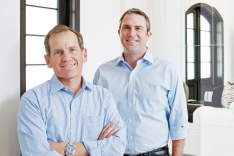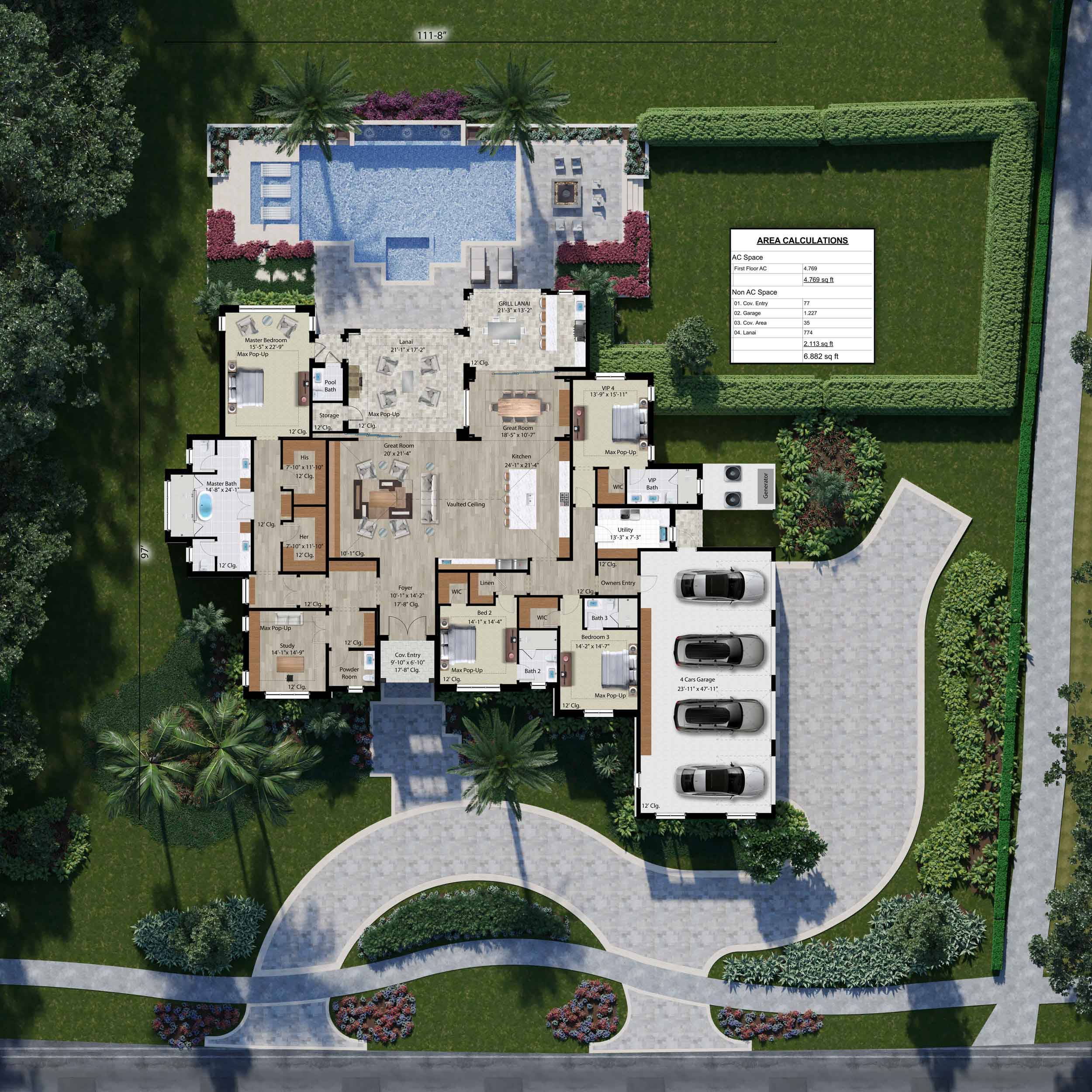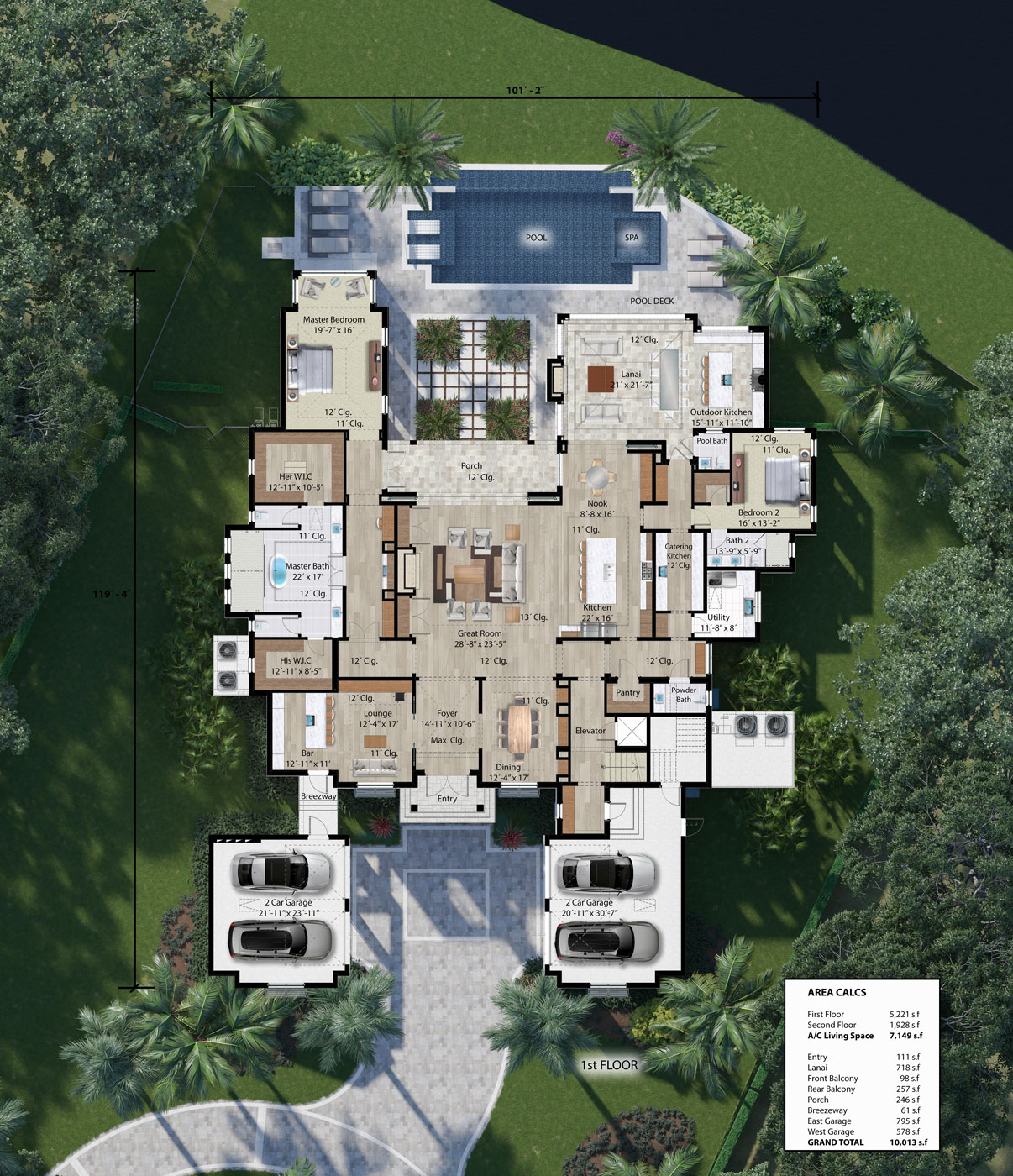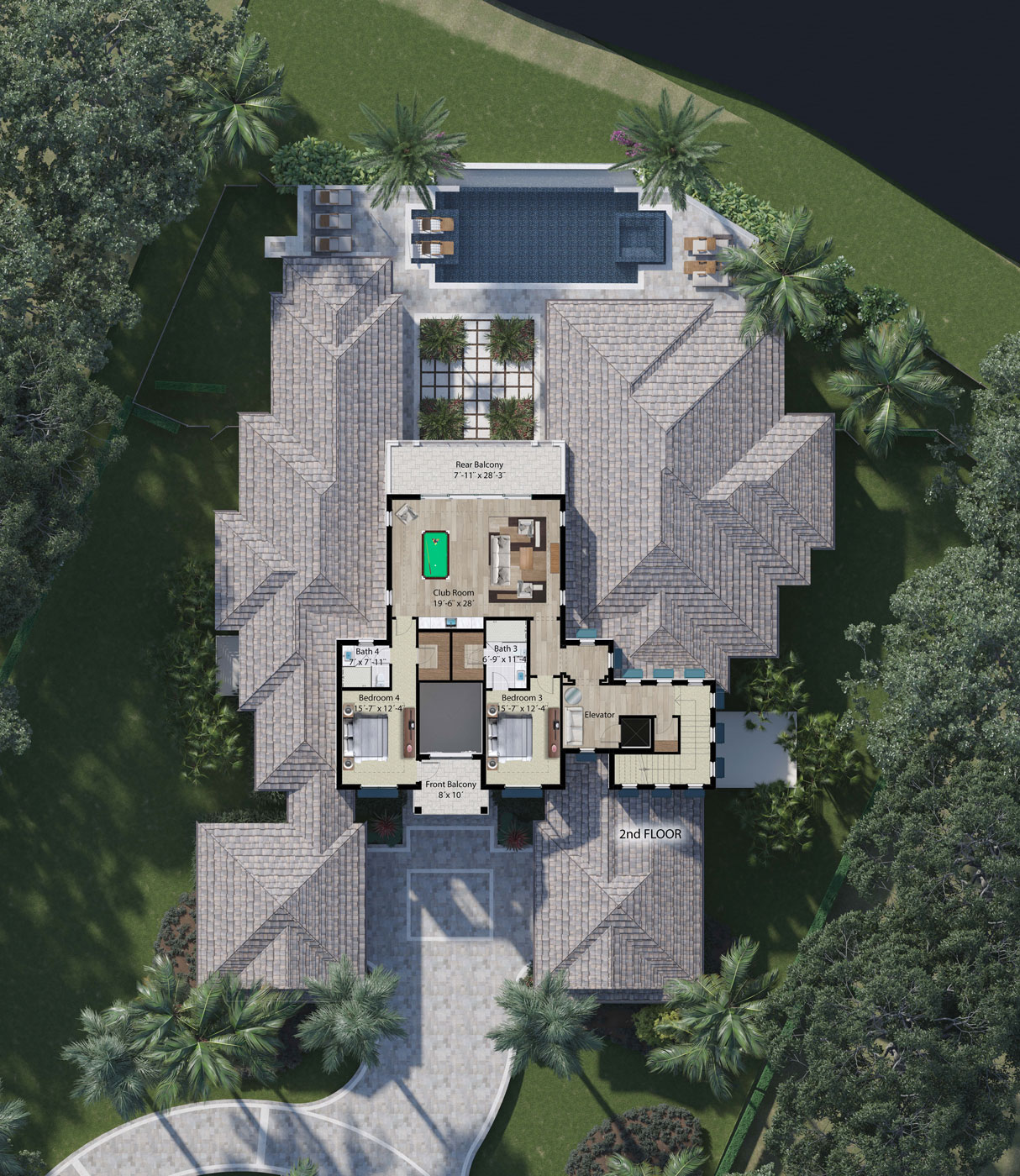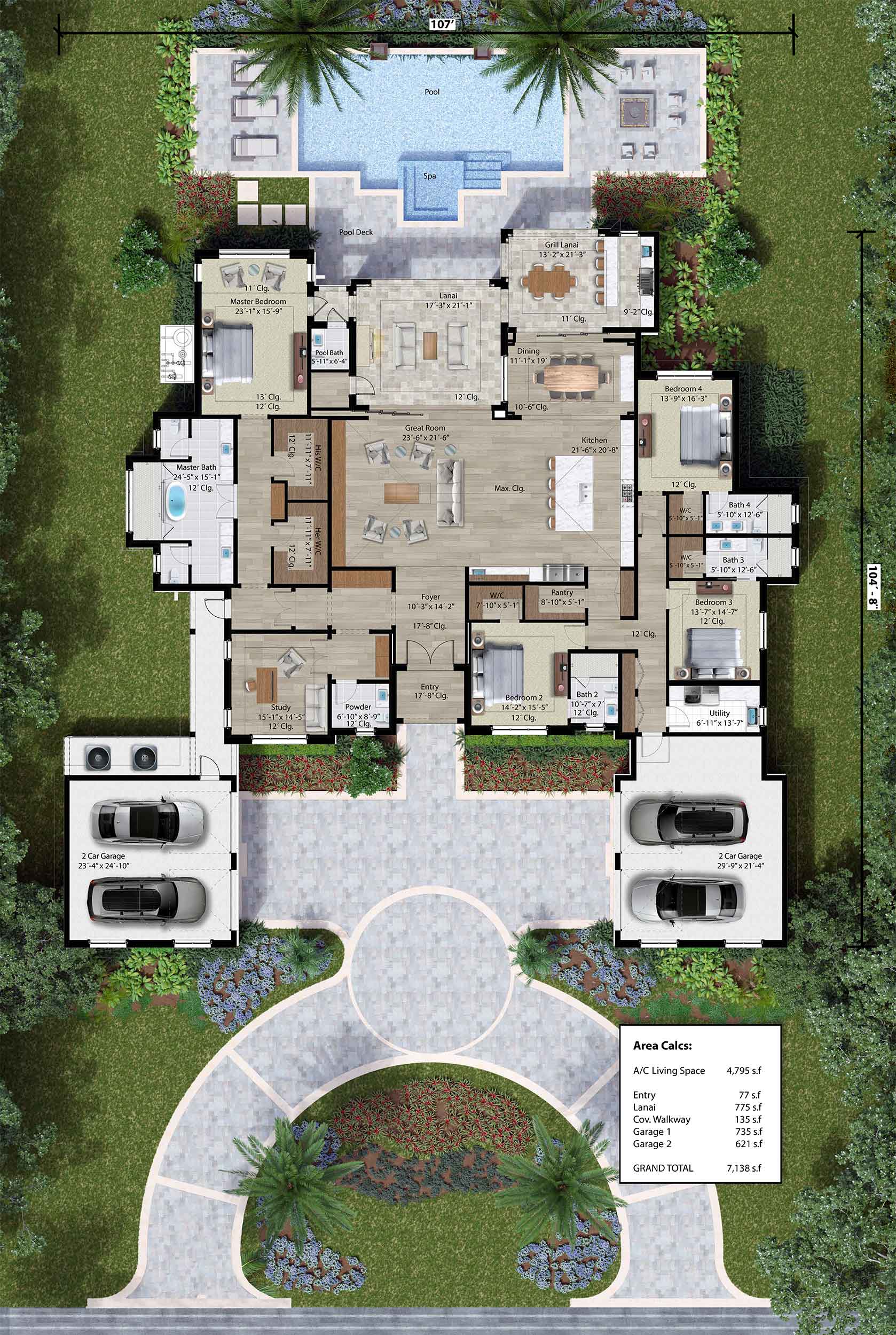Ask any builder in Southwest Florida and you’ll probably get the same answer: we live in one of the most challenging environments in the country when it comes to home construction. Searing heat, exposure to sub-tropical sunlight, water intrusion from heavy rainfall and high humidity, mold and significant storms can all diminish the integrity of a Southwest Florida home over time. They can also make a home more expensive to build, operate and maintain.
Architects, homebuilders and materials manufacturers are constantly seeking new design methods, construction practices and products that will mitigate threats posed by Southwest Florida’s climate. Their attention to building science can contribute to the construction of a superior quality home that is designed and built to withstand the elements.
The operative word, however, is “can.” In a new-build market that is frequently driven by price and speed of completion, buyers are often uneducated and don’t ask the right questions. Many are unaware of the long term costs associated with designs that are not suited to the Southwest Florida environment or with improper materials selection and installation. This lack of knowledge can result in a “penny wise but pound foolish” approach to decision making that can lead to higher operating costs, maintenance issues and even structural problems that develop over time.
“Many new-build buyers come to Southwest Florida from other parts of the country,” said Mike Diamond, President of Diamond Custom Homes in Naples. “They’ve never built in an environment like ours. We feel it’s incumbent upon us, the builder, to share our knowledge of building science and to fully explain the ramifications of their decisions. They need to understand the quality of their home depends on things they cannot readily see – the wall system, the exterior building materials, the types of windows and doors and how they’re installed and waterproofed, and the type of insulation that’s used, particularly in the attic. We feel strongly about this and have incorporated specific techniques and materials in our standard building practices that are based on what building science indicates will deliver the highest quality home in the Southwest Florida environment and on our local construction experience.”
So what has building science taught us? As one might expect, it all starts with the architectural design of the home. John Cooney is a Principal at Stofft Cooney Architects in Naples. The firm is an acknowledged leader in the research and utilization of design principles that reflect the latest advances in building science.
“Our priority is to create exemplary architecture and high-end designs,” said Cooney. “For us, it’s a given the homes we design will be built with the best, most energy efficient materials. Our first consideration when creating a design is to ensure the building envelope is absolutely tight to eliminate heat gain, minimize moisture intrusion and reduce allergens coming into the home. The roof system, window and door openings and other envelope penetrations and how they’re waterproofed and insulated are key. High-end custom builders like Diamond understand this and use the materials, and the personnel who know how to install them properly, to execute a super tight building envelope. That’s the first and most crucial step.”
“A water-tight, properly insulated envelope ensures the energy efficiency and comfort of the home,” said Diamond Custom Homes Vice President Jeff Benham. “Several steps can be taken to create a tight envelope. For instance, we use modified granulated peel and stick roofing underlayment that is water-tight. In the attic, spray foam insulation keeps the attic closer to the ambient temperature inside the home even during summer months. While the energy efficiencies are obvious, there’s an added benefit. Because of the minimal difference between the temperatures in the attic and inside the house, the HVAC equipment in the attic doesn’t sweat and create moisture. That eliminates the threat of mold and the need for soffit vents that allow moisture and allergens into the home. It’s important to use high-impact, laminated, low-e, insulated windows and doors from suppliers like Andersen, Marvin and Loewen. The idea is to reduce heat gain and keep moisture out to prevent mold. The windows and doors must be installed and waterproofed properly.”
Jon MacDonough is President of MAC Contractors in Bonita Springs. The firm installs and waterproofs windows and doors for high-end builders and also specializes in window and door replacement.
“Uneducated buyers of new-build homes in Southwest Florida often opt for lower cost windows and doors to reduce their construction expense,” said MacDonough. “They don’t realize that with the high humidity and rainfall in our area, those lower cost materials that are often poorly installed and waterproofed will likely need to be replaced within five or six years after construction. By then, the builder’s warranty has expired and the replacement cost is entirely on the owner. The cost of replacement is, obviously, a huge shock to the homeowner. It can be avoided by making far-sighted selections during construction and working with a builder who has people who know how to install and waterproof windows and doors properly. My advice, particularly to those moving here from other parts of the country, is to ask questions and to work with a builder who insists on material selections and installation practices that are best for our environment.”
Another consideration is the types of materials used on the exterior of the home. While many homes in Southwest Florida have stucco exterior finishes, using wood in combination with the stucco can cause major problems.
“Using wood on the exterior, such as in the construction of archways, can be a source of water intrusion,” said Mike Diamond. “Whenever you have two different substrates coming together, you’ll have materials moving at different rates which will create cracks. The plywood construction behind the stucco will eventually crack. Even minor stucco cracks can lead to water intrusion. Our standard practice is to only build poured exterior arches and to severely limit or eliminate the use of plywood on the home’s exterior. We also thoroughly waterproof behind any precast cladding on the exterior of the home. These steps help eliminate the threat of mold and wood rot.”
In addition to a tight building envelope, there is another architectural design feature that can alleviate the effects of water intrusion. It’s called a breathable wall system.
“In Southwest Florida, moisture will inevitably get past the exterior wall,” said John Cooney. “The trick is to keep it out of the interior of the home and to prevent the development of mold. To do that, we use a breathable wall system in our designs. Homes in Southwest Florida are built using concrete block. Rigid foam board is placed on the inside of the block wall. Rather than placing the interior wall material directly over that board, we build the interior wall slightly off the foam to create a gap where air can flow and dry any moisture that gets past the block. The combination of the block, the foam and the air gap creates an efficient wall system that addresses water intrusion.”
“The breathable wall system is effective, particularly when it’s used along with other practices focused on creating a tight, moisture resistant building envelope,” said Jeff Benham. “Another key is using energy efficient systems, the most important of which is the HVAC system. A high sear, variable speed air conditioning system will cool the home efficiently. It uses the least amount of electricity possible. Tankless hot water heaters, variable speed pool pumps and zoned HVAC and lighting systems are other energy saving features we encourage our clients to consider.”
While a builder’s understanding of building science is critical to the construction of a home that is suited to the Southwest Florida environment, the knowledge and experience of his or her suppliers and trades-people are equally important.
“Building science is about building the best structure you can for the climate of the home’s location,” said Tom Mizwa, Senior Account Representative for Andersen Windows. “A homeowner building in Southwest Florida should not only find a builder they’re comfortable with, but who also meets the standard of quality they’re seeking. It’s important to find a builder who uses trusted products and aligns themselves with the best product and trade sources. Quality builders don’t just look at the price or aesthetics of a product. They dig deeper into its design and the manufacturer. Quality builders make decisions based on the manufacture’s history, market knowledge and product performance. In making product choices, the builder needs to take the time to investigate the product and to keep learning about new building technologies.”
To learn more about how understanding building science can contribute to the quality of your home, visit Diamond Custom Homes at DiamondCustomHomesFL.com.



